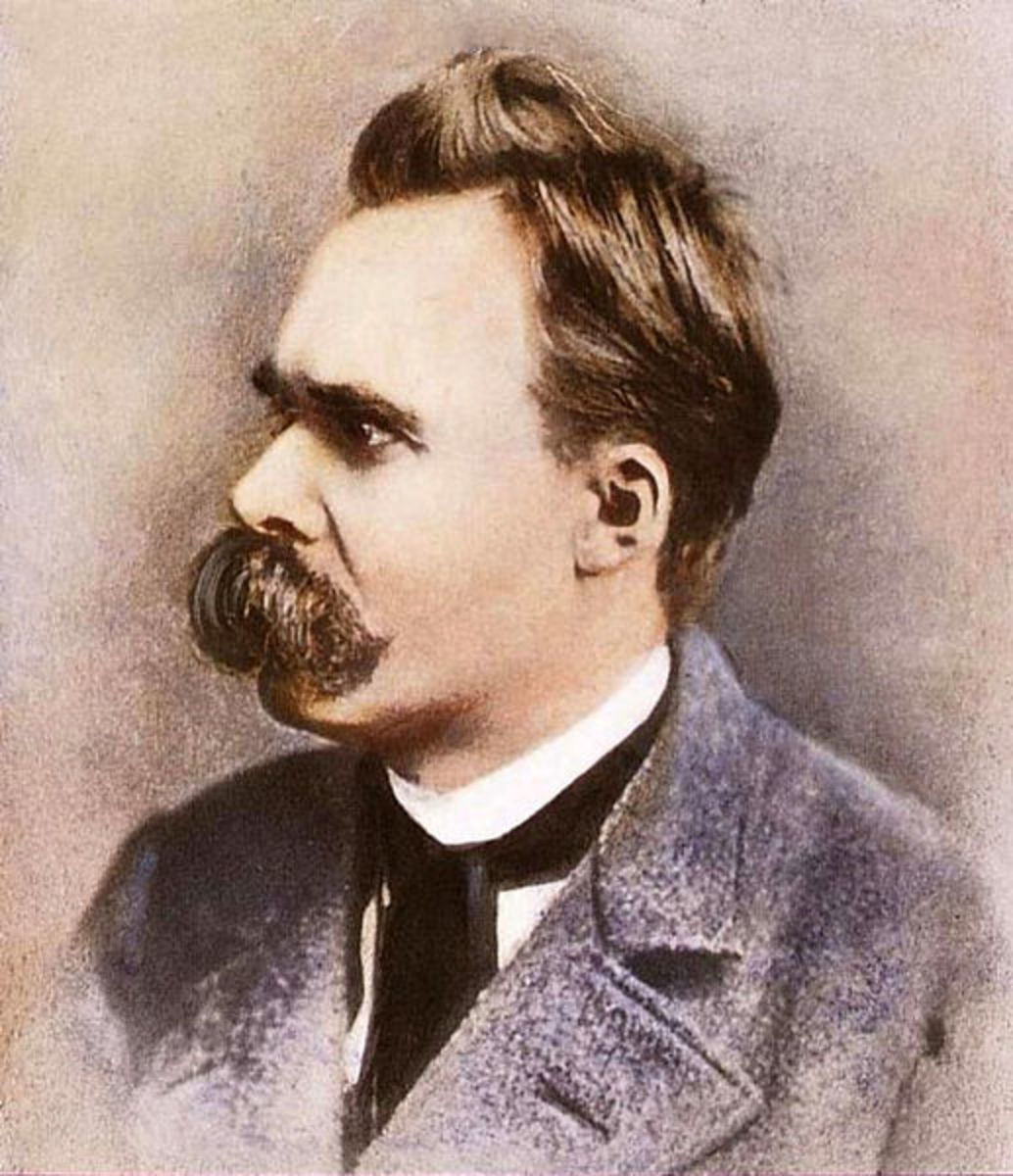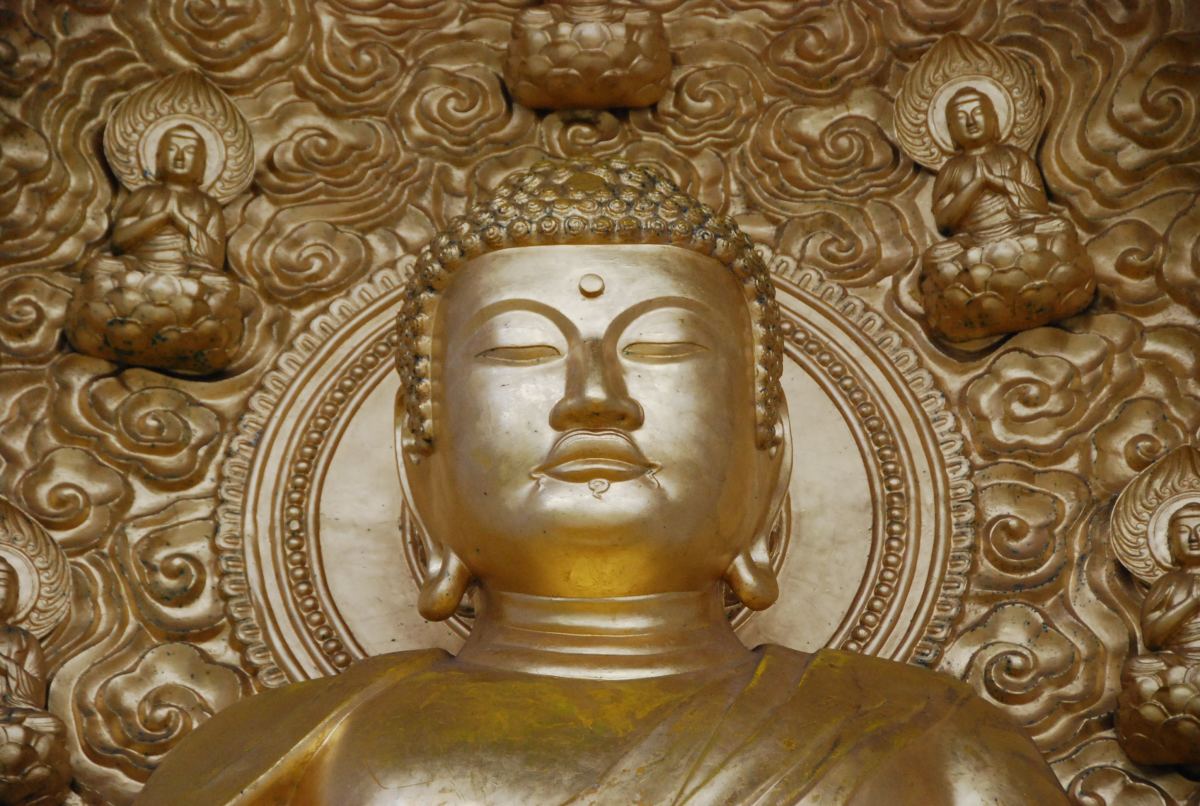Various Paths Of Life
2. The path of focusing:
Examples are: Repeating mantras, holding the image of God in one’s mind, focusing on something such as a candle, listening to guided journeys into soothing scenarios, or even music the way you phrased it in the suggested article.
Good aspects: This method offers very quick noticeable results of relaxation. The object of focus pulls one out of one’s usual, habitual oftentimes worrisome concerns. One may realize that this letting go of the usual worries is possible any time, without the initial tools used
Dangers: This method may keep you on a “surface relaxation” which has no real depth, meaning in can fail in the most challenging moments. One may never take a look directly at the things that occupy the mind and that seem worrisome, so one does not give oneself the chance to experience the realization that the worries were an illusion to begin with.
People in this practice may develop the tendency to trying to avoid that what is unpleasant and only seek that what is pleasant. This means though to exclude a big part of our reality
What are the various paths of Life?
Let us have a look at few of the most prestigious paths through various walks of our lives.....
1. The path of discipline - A good example is the Yoga practice.
Lots of guidelines of what is right and what is wrong, how one is supposed to live, to eat, to breathe, and to be in the yoga posture and so on.
Good sides: The instructions given are based on generations of experience and they will have a positive effect on a person’s being if followed strictly
Danger: One is following someone else’s knowledge, which one may confuse with one's own understanding. The body becomes very healthy and strong, a good prerequisite for meditation, but also the "ego" the phenomenon of feeling good about oneself, the feeling of "I am doing it the right way" (which always includes the thought someone else is doing it the wrong way) may easily happen.
The “ultimate” step/happening in meditation of just letting go, just being without any doing may never be experienced by many people who are intensely involved in practices such as yoga.

3. The path of letting go:
Examples are: Bhashkar Perinchery, Eckart Tolle, Lao Tzu, Osho…the practice has the main emphasis of just witnessing what is, the so called bad and the so called good, without trying to chose one before the other. Those practices also incorporate all the craziness that we have accumulated within us, the emotions the judgments. All those things may be experimented with during the meditative exercises.
So even during the practice one does not only do the so called good, correct, instead one deliberately pulls out everything that one finds hidden within oneself and then practices the art of just witnessing without judgment as well as the letting go of aspects that show themselves as outdated, destructive. This method does not assume that there is any absolute right or wrong in this life process.
Dangers: Many people cannot connect to this approach as it is the least graspable approach, the least defined.
Good Aspects: A very humane method that does not condemn anything. A very gentle method, in which the changes in one’s lifestyle gradually arise as the understanding deepens, not because of concepts and morality or someone else’s understandings. A very simple method - Although different techniques are used, it always comes back to “witness what is without interfering or judging, allow the natural”
It allows all different life styles that exist; it just encourages to develop consciousness in what we are doing through the practice of witnessing
Join Lifesurfing on Facebook
- Read more posts on related topics
The Inner Metamorphosis University Chicago is a Meditation Center that offers an inspiring, encouraging and supportive framework for inner inquiry. IMU offers meditation workshops, retreats, yoga classes, + more. Visit www.Lifesurfing.org for info.






